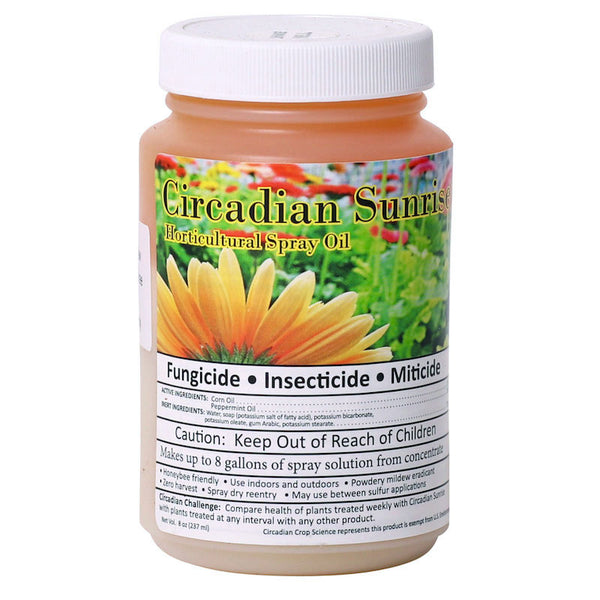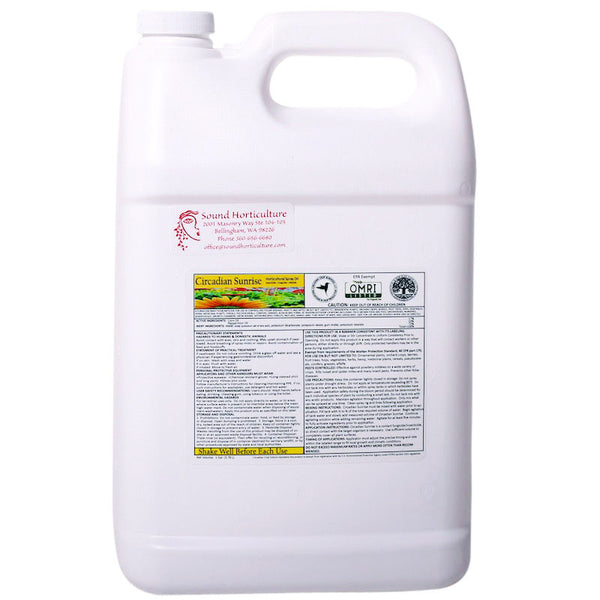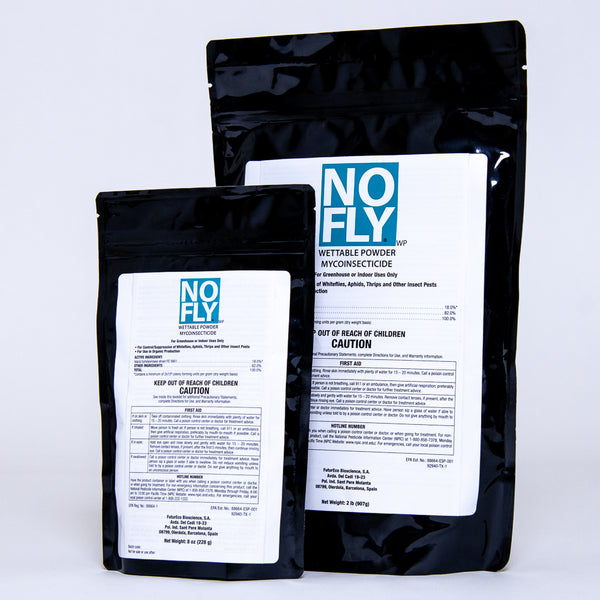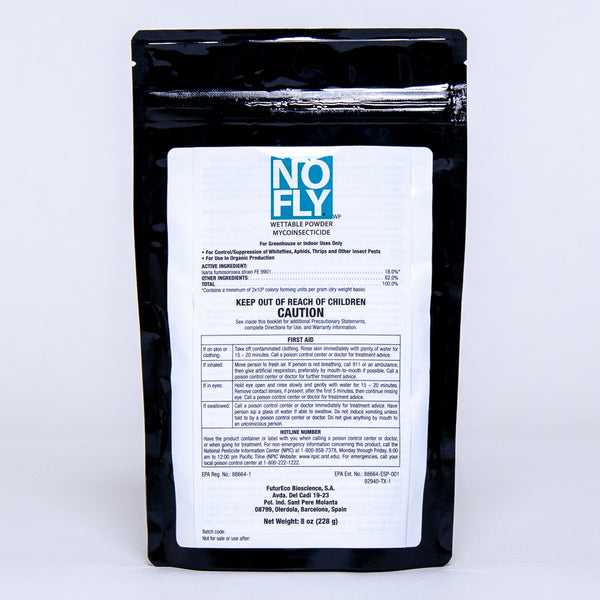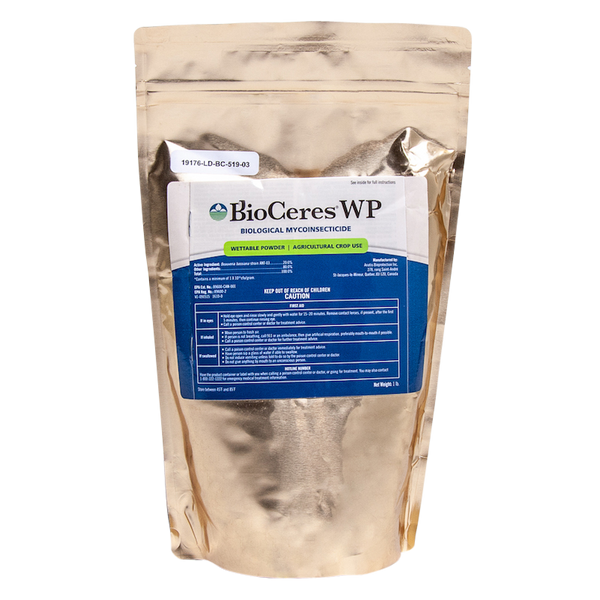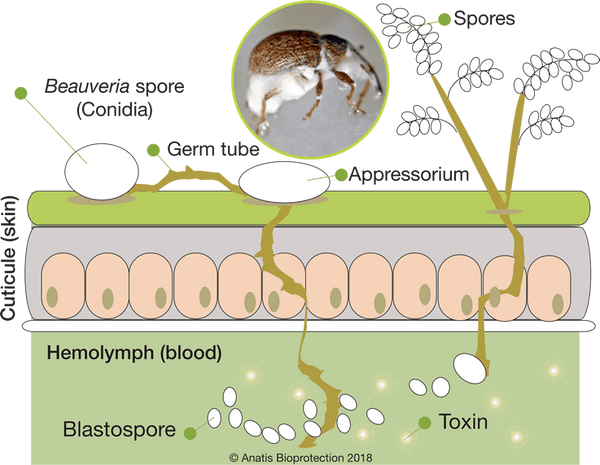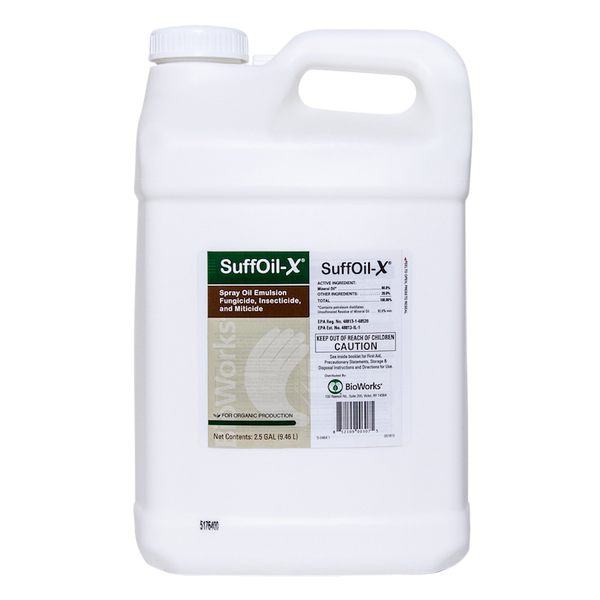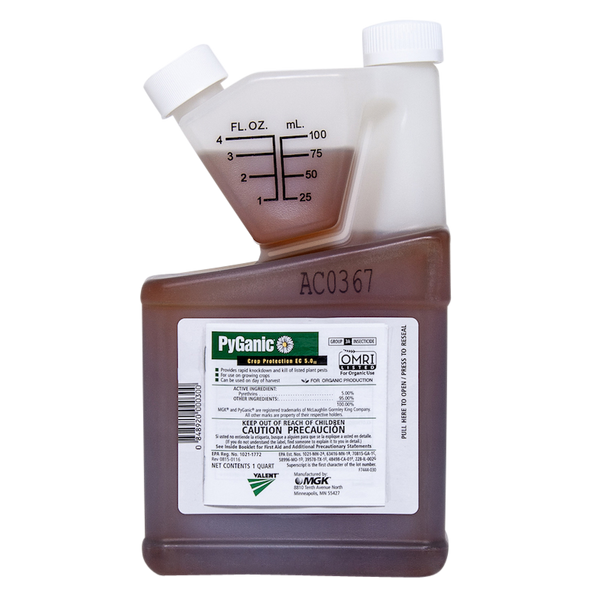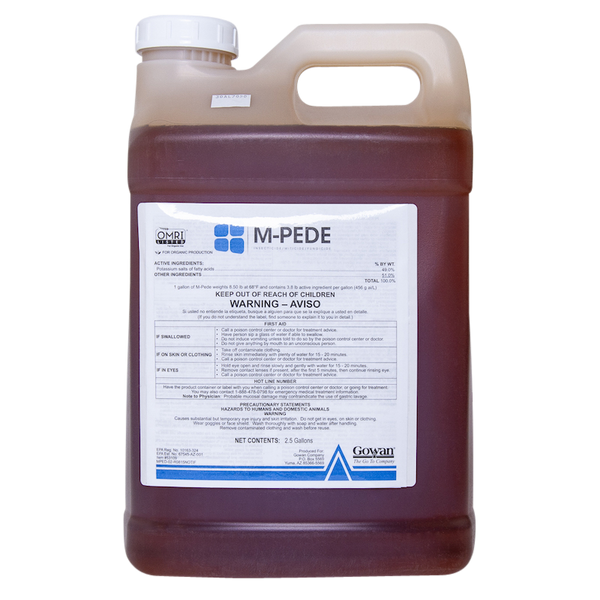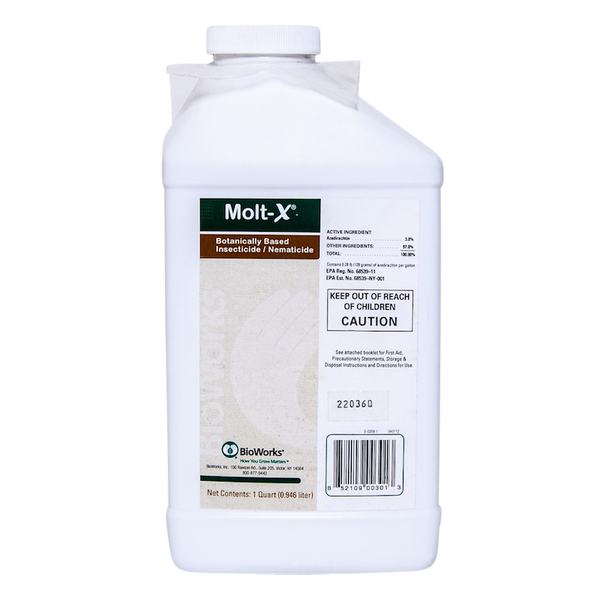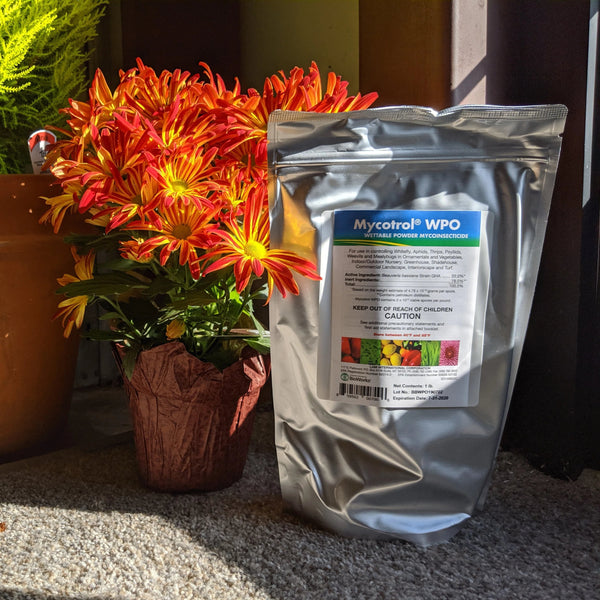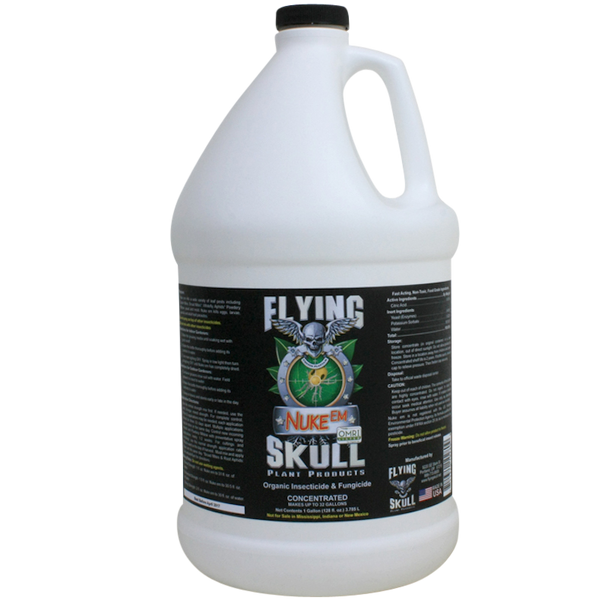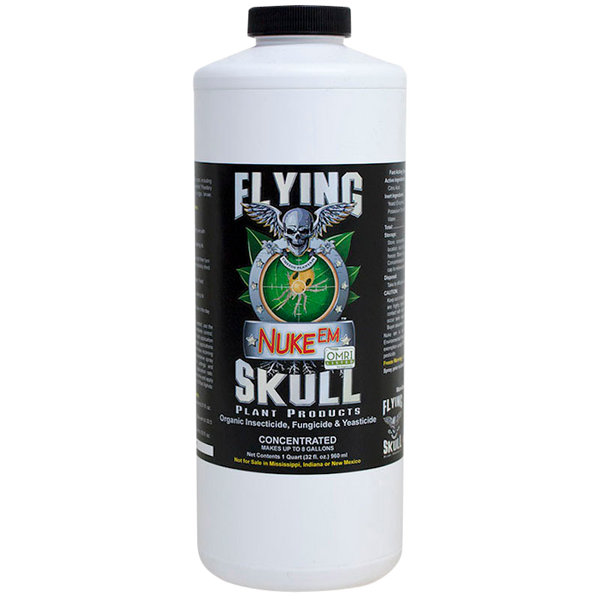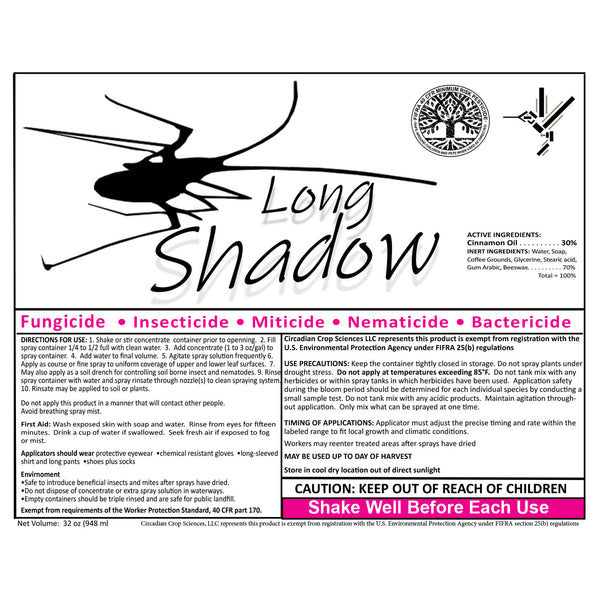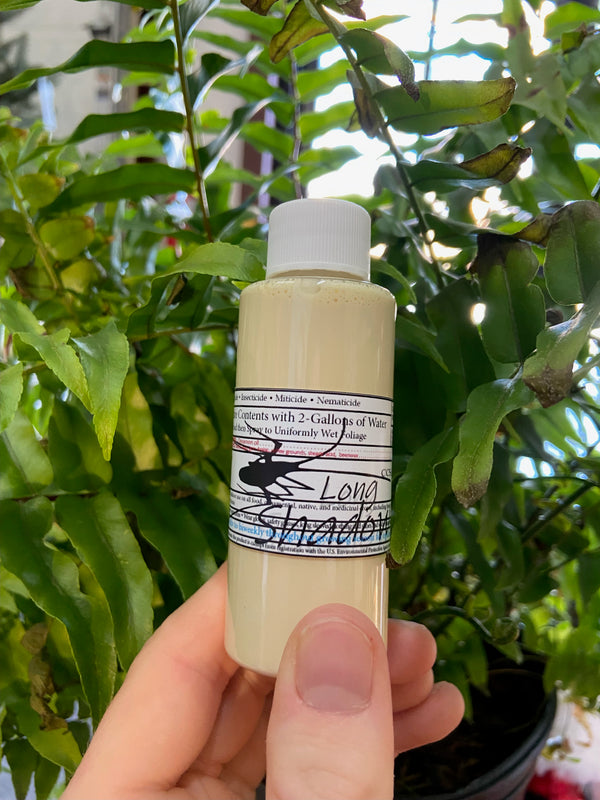Thrips Control
Description
Thrips are straw-colored, elongated insects. Adults have narrow, fringed wings, and nymphs are wingless. They can move rapidly and prefer to shelter in crevices and folds of flowers and foliage. Thrips damage plants by feeding on leaf and flower tissue, leaving a silvery appearance. They also lay eggs in leaves and flower tissue and in young developing fruit (such as cucumbers). This causes distortions in fruit and in the growing points. On tomatoes, thrips feeding causes 'ghost rings' on the fruit. Western flower thrips can also transmit Tomato Spotted Wilt Virus (TSWV) which is lethal to tomatoes and some ornamentals. Western flower thrips (Frankliniella occidentalis) is found in both vegetable and ornamental crops, while onion thrips (Thrips tabaci) is more common of vegetable crops.
Life Cycle
Both species have similar life cycles. The overall life cycle of the western flower thrips takes 21 days at 72F. Females lay eggs in leaf tissue. Each female lays 6-10 eggs per day over her life span of 4-5 weeks. The eggs hatch in five days at 72F. The nymphs feed on plant tissue for 8-10 days, then drop to the ground to complete development in protected sites on the floor or soil. Thrips have an immobile stage, similar to a pupal stage (called a pseudo-pupa) which lasts 7-10 days. When adults emerge they fly to upper foliage and the females begin laying eggs after a day or two.
Identification
Please note that there are many species of thrips and each type will have different management strategies. This makes thrips identification critical. Some have a soil dwelling stage that are susceptible to soil-dwelling predators and parasites. Others are strictly on the foliage and the focus for control should be with foliar predators.
Foliar Bound Thrips
common blossom thrips (Frankliniella schultzei)
Grass thrips (Anaphotrhips obscurus)
Poinsettia thrips (Echinothrips americanus)
Soil-pupating Thrips
Bean thrips (Caliothrips fasciatus)
Florida flower thrips (Frankliniella bispinosa)
Melon thrips (Thrips palmi)
Tobacco thrips (Frankliniella fusca)
Western flower thrips (Frankliniella occidentalis)
Thrips parvispinus (Thrips parvispinus)
*Onion thrips (Thrips tabaci)
*Chilli thrips (Scirtothrips dorsals)
*May be found pupating in both locations, often in the leaf axil.


